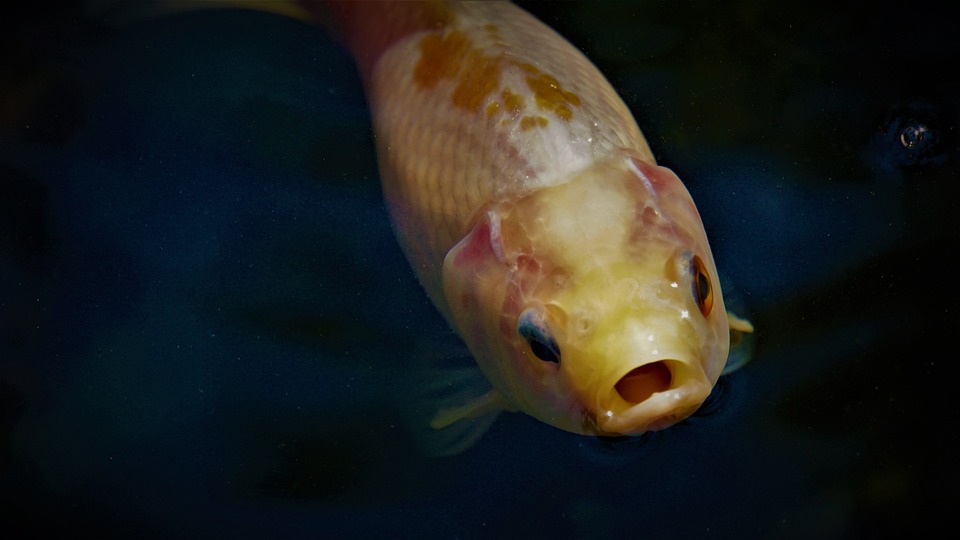Introduction:
Maintaining a healthy and thriving fish tank requires diligent care, including providing a balanced diet for your aquatic companions. In recent years, the concept of protein-based food portion control has gained attention among fish enthusiasts. This article aims to delve into the effects of protein-based food portion control on fish tank fish, based on a comparative study. Read on to discover the benefits, considerations, and FAQs surrounding this innovative approach to fish care.
I. Understanding Protein-Based Food Portion Control
A. Definition and principles
Protein-based food portion control refers to the practice of carefully measuring and controlling the amount of protein-based food given to fish in a fish tank. This approach ensures that fish receive the right amount of essential nutrients without overfeeding or causing water contamination.
B. Importance of a balanced diet for fish
Just like humans, fish require a balanced diet to thrive. Protein is a crucial component of their diet as it provides essential amino acids necessary for growth, tissue repair, and overall health. However, an excessive amount of protein can lead to waste buildup and poor water quality.
II. Comparative Study: Protein-Based Food Portion Control vs. Traditional Feeding Methods
A. Study design and methodology
The comparative study involved two groups of fish tanks: one group fed with protein-based food portion control and another group fed with traditional feeding methods. Both groups were monitored over a specified period to assess the effects on fish health, growth, water quality, and behavior.
B. Evaluation of fish health and growth
The study found that fish fed with protein-based food portion control exhibited improved overall health and growth compared to those fed with traditional methods. The controlled portion sizes ensured that fish received optimal nutrition without excess waste production.
C. Comparison of water quality parameters
Water quality parameters, such as ammonia and nitrate levels, were significantly better in the fish tanks with protein-based food portion control. This suggests that the controlled feeding approach reduces waste buildup and prevents water contamination.
D. Observations on fish behavior and activity levels
Fish in the protein-based food portion control group showed increased activity levels and exhibited more natural behavior compared to fish in the traditional feeding group. This indicates that the controlled feeding method promotes fish well-being and reduces stress.
III. Benefits of Protein-Based Food Portion Control for Fish Tank Fish
A. Enhanced nutrient absorption
By providing the right amount of protein-based food, fish can efficiently absorb essential nutrients, leading to improved overall health and growth.
B. Improved digestion and waste management
Protein-based food portion control helps regulate digestion, preventing overfeeding and reducing waste production. This promotes a cleaner and healthier tank environment.
C. Reduced risk of overfeeding and associated health issues
Overfeeding is a common problem in fish tanks, leading to obesity, organ damage, and a weakened immune system. Protein-based food portion control eliminates the risk of overfeeding, ensuring fish maintain a healthy weight and avoid related health issues.
D. Prevention of water contamination
Excess food and waste buildup can cause water contamination, leading to poor water quality and fish health problems. Protein-based food portion control helps prevent water contamination by reducing waste production.
IV. Considerations when Implementing Protein-Based Food Portion Control
A. Choosing the right protein-based food
Selecting high-quality protein-based food specifically designed for fish is crucial. Consult with experts or seek advice from reputable pet stores to ensure you provide the best diet for your fish.
B. Determining appropriate portion sizes
Portion sizes should be determined based on the specific needs of your fish species and their size. Consult feeding guides or seek advice from experts to determine the appropriate portion sizes for your fish.
C. Monitoring fish behavior and health indicators
Regularly observe and monitor your fish for any changes in behavior, appetite, or physical appearance. This will help you adjust feeding schedules or portion sizes if necessary.
D. Adjusting feeding schedules based on fish species and age
Different fish species and age groups have varying feeding requirements. Consider the specific needs of your fish and adjust feeding schedules accordingly.
V. FAQs: Answering Common Questions About Protein-Based Food Portion Control for Fish Tank Fish
A. Can protein-based food portion control lead to malnutrition in fish?
No, as long as you choose high-quality protein-based food and ensure appropriate portion sizes, protein-based food portion control will provide all the necessary nutrients for your fish.
B. How frequently should I feed my fish using this method?
Feeding frequency depends on the fish species and their age. Generally, two to three small feedings per day are sufficient for most fish. Consult feeding guides or seek expert advice for specific recommendations.
C. Can I mix protein-based food with other types of fish food?
It is generally recommended to stick to one type of fish food to maintain a balanced diet. Mixing different types of food may lead to imbalances in nutrition.
D. Are there any risks associated with protein-based food portion control?
When implemented correctly, the risks associated with protein-based food portion control are minimal. However, improper portion sizes or feeding schedules can lead to malnutrition or insufficient nutrient intake.
E. Can I use this approach for all fish species?
Protein-based food portion control can be applied to most fish species. However, some species may have specific dietary requirements, so it is essential to research their specific needs before implementing this approach.
Conclusion:
Protein-based food portion control presents a promising approach to optimize fish tank fish care. Through our comparative study, we have observed numerous benefits, including improved nutrient absorption, digestion, waste management, and prevention of water contamination. Furthermore, implementing this method requires careful consideration and monitoring to ensure the well-being of your fish. By adhering to appropriate feeding schedules, selecting suitable protein-based food, and adjusting portion sizes based on individual fish requirements, you can enhance the overall health and longevity of your aquatic companions. Remember, a well-fed fish is a happy fish!









